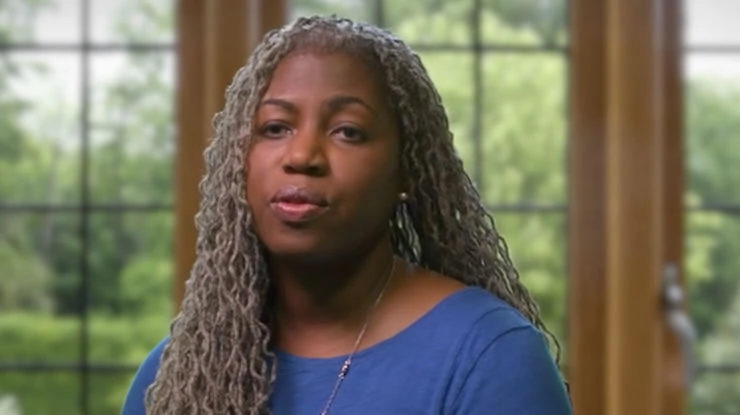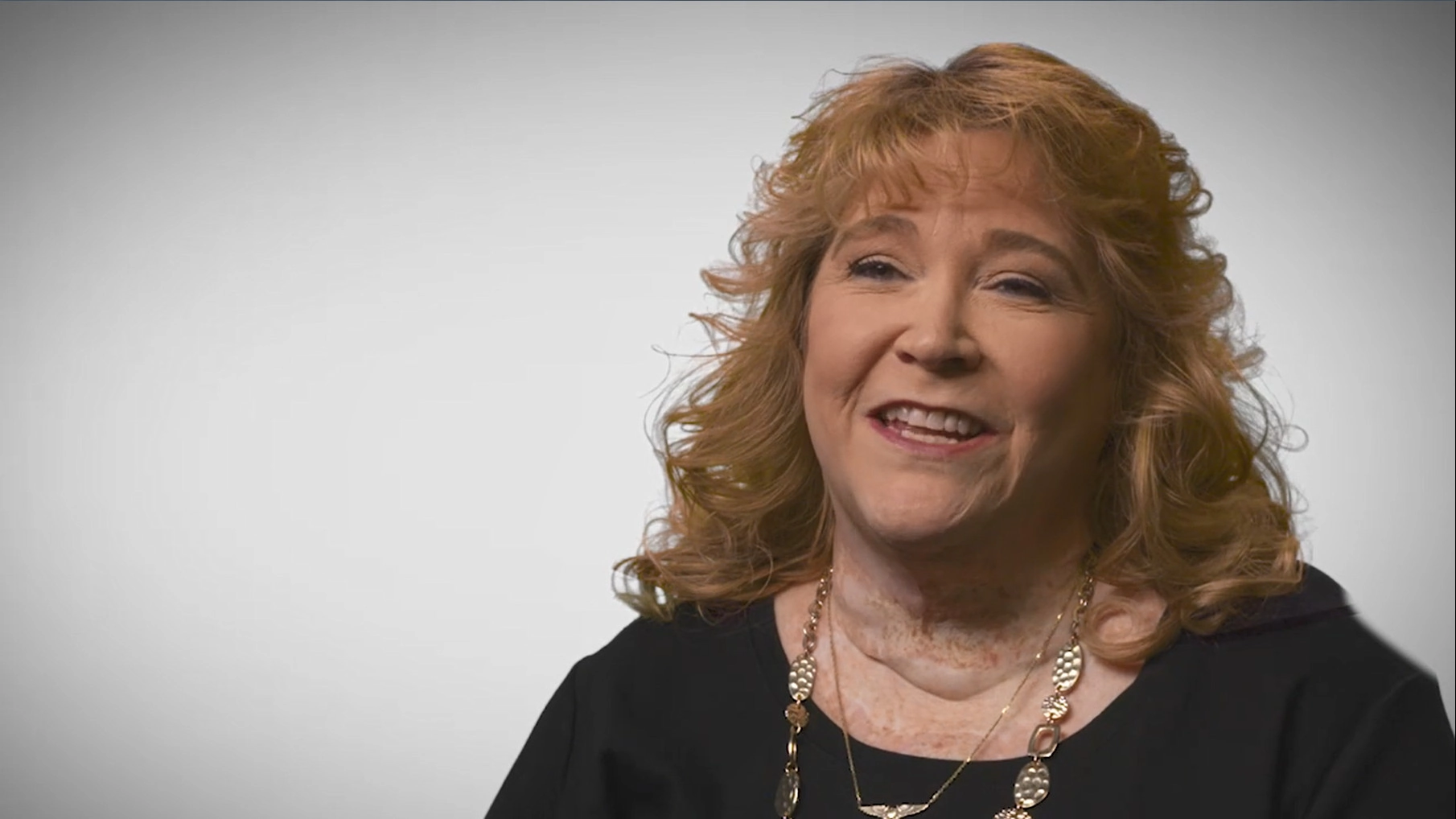Cerebral palsy is a condition in which a child’s brain is injured during pregnancy, labor, or delivery. Sometimes, cerebral palsy is caused by the negligence, inattention, or careless behavior of doctors, nurses, hospital staff, and other healthcare providers.
The attorneys at The Cochran Firm DC understand the obstacles faced by a child suffering from cerebral palsy. Movement, sensory and learning disabilities may necessitate home modifications, as well as special care and schooling for your child. Our lawyers have recovered millions of dollars for families of children with cerebral palsy and will work tirelessly to secure the compensation necessary to pay for a lifetime of care.
In Washington, DC, the injury attorneys at The Cochran Firm DC aggressively fight for compensation for children and families living with the effects of cerebral palsy in the DC area, Northern Virginia and Maryland. We have the resources, experience and talent of a national law firm to face powerful hospitals and medical corporations.
Cerebral palsy (CP) refers to a group of neuromuscular disorders affecting an individual’s movement and reflexes. The term cerebral palsy comes from the cerebrum, which controls motor function in the brain, and palsy, which means paralysis.
The effects of the condition are lifelong and often accompanied by other disorders which can severely impact a child’s life. Although CP is not curable, some of the accompanying symptoms and disorders can be treated. Common coexisting conditions associated with CP include:
Fortunately for parents and their children with CP, treatments, and therapy can improve the child’s condition and help them live happy and productive lives. Oftentimes, access to these vital resources can make all the difference in the world and create positive change in the lives of families living with CP.
By its very nature, cerebral palsy affects a person's ability to control their voluntary and involuntary movements. This is because the cerebellum, which controls these functions, suffered damage in some way.
The effects of CP on a child’s movement can include things like:
Due to the complexity of the condition, families sometimes find themselves having to sort through what is real and what is false about cerebral palsy. Here are just some of the misconceptions about CP and what the truth really is:
Cerebral palsy is caused by damage to a child’s brain while in the womb, during delivery, or in the brain’s developmental years after birth. Approximately 70 percent of children with CP suffer the condition while their mother is pregnant, another 20 percent develop cerebral palsy during birth, and about 10 percent of acquired cerebral palsy cases happen after delivery.
It is important to understand CP is an acquired condition, caused by trauma to the brain during its development and/or growth. The underlying cause of the brain damage varies depending on the circumstances of the child’s injury but there are several common ways the trauma can occur.
Unfortunately for some parents, their child’s CP could have been prevented if the doctors and nurses delivering the child had followed proper procedure. All too often, children develop CP because of medical malpractice on the part of the hospital or its staff.
When birth injuries occur because doctors and nurses deviate from the standard of care they are legally required to follow, parents have the legal right to seek financial compensation to help provide for their child’s needs. Most of the time, parents need a cerebral palsy lawyer to help sort out the legalities and compel hospitals and their insurance companies to take responsibility for their careless actions.
While cerebral palsy should be properly diagnosed by an experienced physician, there are certain signs and symptoms parents should be aware of as their child grows up. When these signs and symptoms present themselves and developmental milestones are not met, parents should strongly consider CP as a source of the issue.
Common signs of cerebral palsy include:
The symptoms a child may present varies depending on the type of cerebral palsy and the factors which contributed to its infliction. Accompanying disorders which may indicate a child suffers from CP are conditions like:
Cerebral palsy has several different classifications, which depend on where and how the condition affects an individual’s motor functions. Physicians generally place a child’s condition into one of four categories which can also be further classified in terms of severity and which limbs/areas of the body are affected.
A child’s form of cerebral palsy can be further described by identifying the specific area of the body affected by the condition. The combination of movement issues with body parts helps provide a more analysis of the complications facing the child.
Signs and symptoms of cerebral palsy are usually not visible until a child is a few months old, depending on the type the condition. Parents are usually the first to realize their child’s development is not progressing as it should and bring it to the attention of doctors who will monitor the child’s condition.
Cerebral palsy indicators physicians will look for include:
After physicians diagnose a child with cerebral palsy, they will conduct testing to determine the precise location of the brain damage. Tools the doctors may use to detect brain damage in children with CP include:
Unfortunately, there is no cure for cerebral palsy or one single treatment that can help with all its symptoms. However, the right medical team can tailor a treatment and lifecare plan to help children overcome their challenges and have a bright future ahead of them.
The types of doctors that may help treat a child’s cerebral palsy include:
While the specific treatment goals vary from person to person with cerebral palsy, most of the objectives center around improving flexibility, movement, body control, and averting future medical complications. Pain management and reducing physical discomfort are also key goals in any CP treatment plan.
Review By
Emily Anderson

Karen E. Evans - Washington DC Cerebral Palsy Lawyer
"The Cochran Firm is outstanding. I give high praise to all of the staff members than worked on my case. Ms. Evans is wonderful!! She really cares about her clients and does everything to assist and get you through the process. Thank you for being there for me and my son."Rating: ★★★★★ 5/5 stars























